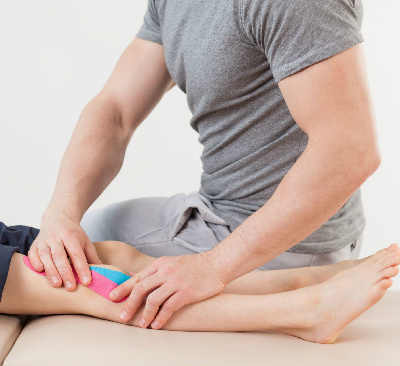Play is basic to all normal and healthy children. It provides pleasure and learning and a minimum of risks and penalties for mistakes.
Frank Caplan.
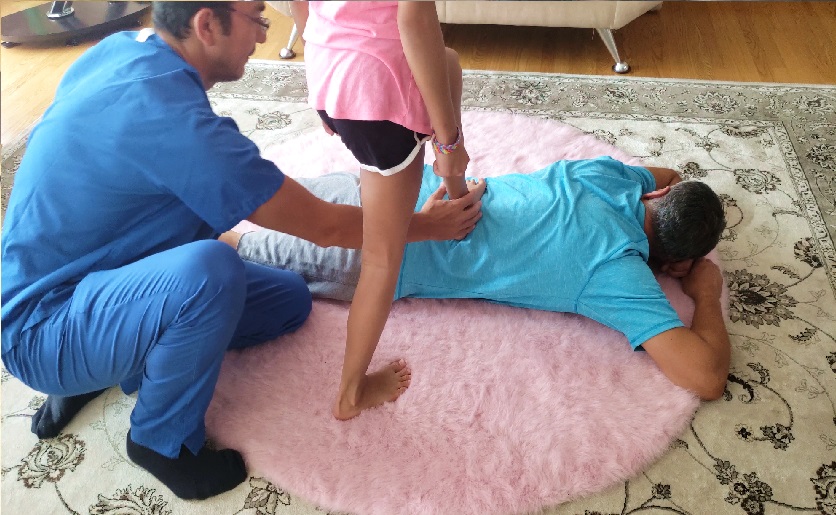
About HCHP – Happy Child Happy Parents Massage class
Happy Child Happy Parents Massage is a non-professional massage from parents to children and from children to parents.
The purpose of this massage is to improve the body and strengthen the bond between parents and their children.
At Tyan Anmo Massage School our massage therapists are giving pediatric massage to children all the time and often session is around 45 minutes and once a week, but children mostly need a massage every day, since they are growing. Parents usually can’t afford every day massage therapy for child ($60×30days=$1800/month)
The founders of this company are parents themselves and they developed HCHP Massage Class in their families first.
Aybek Izzatov said, my oldest son(at that time 17y.o.) was slouching and I decided to give him a massage, other two smaller kids jumped up at the massage table too, it was real fun for them to experience massage! They started to ask me to give them a massage almost every day! And from that day on, I and my kids are best soul friends ever. Our relationships become closer and trustful.
That’s how HCHP Massage Class was born
Our Mission
Every child, even a teenager of 17-18 years old, needs parental love and care. But how to manifest your love and care? Verbally? Yes, in words, but with-time words lose their meaning, and children already ignore your words. Here comes to the aid Happy Child Happy Parents Massage.
It is during physical touch that you convey your love and care.
- Happy Child Happy Parents Massage Class HCHP Massage class in our office
You will bring your child to our office for 3 hours and our assigned staff will work with you.
First hour is introduction and assessment. Massage therapist will tell you the basics of home massage, will check for contraindications. He will assess the body structure and will ask some questions.
Second hour massage therapist will perform demonstrative massage with explanations and comments.
Third hour you will perform same massage and massage therapist will help you to make it right.
$180
HCHP Massage class in your home
Our assigned staff will come to your home and will work with you for 3 hours.
First hour is introduction and assessment. Massage therapist will tell you the basics of home massage, will check for contraindications. He will assess the body structure and will ask some questions.
Second hour massage therapist will perform demonstrative massage with explanations and comments.
Third hour you will perform same massage and massage therapist will help you to make it right.
$270
HCHP Massage class in group seminar
You will bring your child to our office for 3 hours and our assigned staff will work with you and some other people like you.
First hour is introduction and assessment. Massage therapist will tell you the basics of home massage, will check for contraindications. He will assess the body structure and will ask some questions.
Second hour massage therapist will perform demonstrative massage with explanations and comments.
Third hour you will perform same massage and massage therapist will help you to make it right.
In group seminar people will get less attention although the quality of learning remains about the same.
$150
- Massage sessions for adults $70/hour
- Massage sessions for child $60/45 min
- Continuing-education-massage-therapy
$250/24hours
- Massage for Insomnia $90/hour
- Biofeedback for Memory and Concentration enhancement – group seminar $20/hour.
Learn Home-Massage from professionals and start Family healing traditions.
Teaching children healing habits is a most valuable investment. And it starts with home massage.
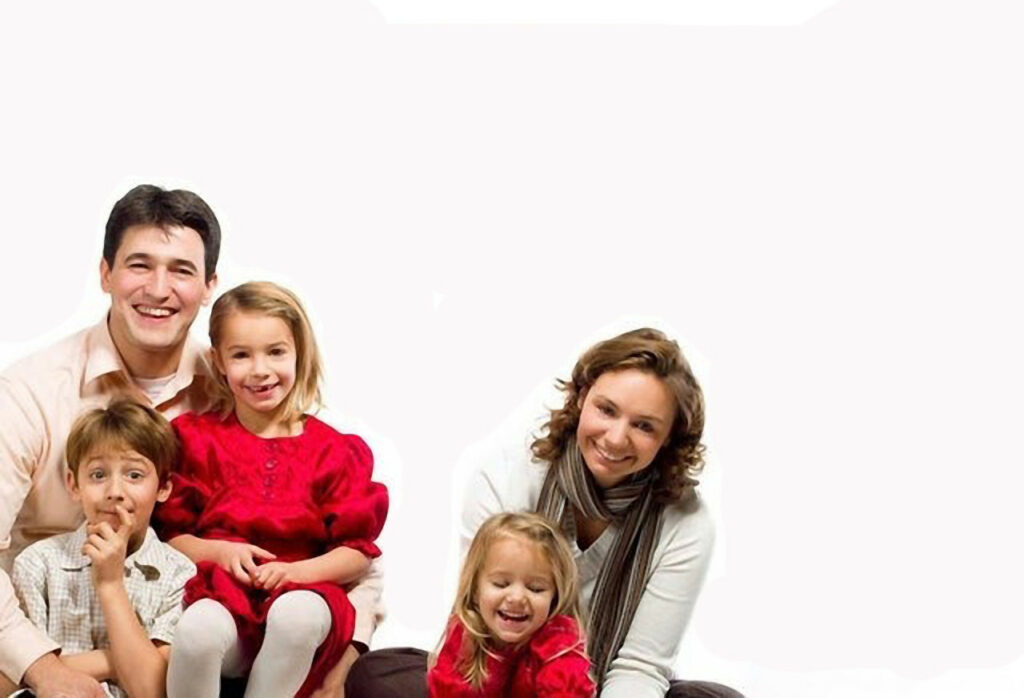
What is Pediatric Massage and Infant Massage
Massage therapy, or “the manual manipulation of soft tissue intended to promote health and well-being” for children and adolescents. Its goal is to reduce pain, anxiety, loneliness and fear when children are hospitalized or diagnosed with a debilitating medical condition. Pediatric massage therapy takes into consideration each child’s individual physical development, cognitive development and health care needs.
Main article: Infant massage
Infant massage is a type of complementary and alternative treatment that uses massage therapy for human infants. This therapy has been practiced globally, and has been increasingly used in Western countries as a treatment for infants, though the scientific evidence supporting its use is limited. Research into the effectiveness of massage therapy on full term infants has found some tentative evidence for some benefits such as gross motor skills, fine motor skills and psychomotor development, though the evidence is not strong enough to recommend universally, and more research is needed. Research in pre-term infants and low birth weight infants have found weak evidence that massage might improve weight gain, but these results are based on possibly biased studies and therefore no recommendation can be made for universal use.
Non-infant pediatric massage. – Reduced anxiety and tension. Reduced pain. Improved long-range emotional and cognitive development. Improved healing/immune function. Relaxation for the parent/caregiver and baby/child. Improved gastrointestinal functioning/relief of gas and constipation Improved sleep patterns. Increased parent-child bonding (when parent administered) Increased confidence in parenting skills (when parent administered) Improved focus and attention span.
Research shows that massage therapy can ease both physical symptoms as well as emotional discomforts associated with pediatric medical conditions. The Touch Research Institute at the University of MiamiSchool of Medicine is a primary medical research provider for massage and touch therapy, including pediatric massage and infant massage. Pediatric massage also can help manage chronic conditions such as asthma by providing relaxation and reducing muscle tone in the chest, back and neck, nausea, constipation and muscle aches (myalgia).
Immediately after receiving massage, children with mild to moderate juvenile rheumatoid arthritis notice decreased anxiety and stress hormone (cortisol) levels. For young patients with autism or ADHD, pediatric massage has been found to reduce their aversion to touch, while increasing their ability to focus. Pediatric patients with cystic fibrosis report feeling less anxious, and their ability to breathe and pulmonary functions improved.
Pediatric massage was also found to have benefit in relieving post-traumatic stress.
Limitations in research
Like many other complementary and alternative medicine modalities, many research studies reporting benefit from pediatric massage have been small in scale and vulnerable to bias. Comprehensive medical reviews of the existing pediatric massage research reinforce the benefits, but ask for larger-scale, scientifically rigorous studies. Physicians are recommended to educate themselves and their patients about the empirically validated benefits and precautions associated with pediatric massage.
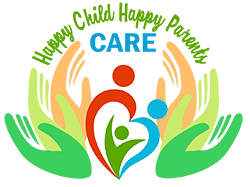
Why your children need a massage?
Massage is a very useful procedure not only for adults, but also for children. In some countries it is recommended to have a baby massage, which is carried out during breastfeeding for up to one year. However, this does not mean that older children have no benefits out of massage. On the contrary, massage at an early age is the key to a healthy future of your child. From year to year, for many reasons, the number of absolutely healthy children is reducing, so children’s massage is more relevant than ever.
Unfortunately, only a few parents realize the need of massage for their children. The child learns the world through the senses, so touch is an essential element at an early age. After all, the touch of mother’s hands is an incomparable deep and angelic feeling for a baby. It is a feeling of trust and confidence.
So what exactly children’s massage is good for?
- Like many other procedures, children’s massage strengthens the child’s immune system.
- It has a calming effect before bedtime. The child will sleep better and deeper.
- Massage improves blood circulation.
- It helps in developing the muscles of the respiratory system.
- It improves digestion.
- It helps relieving colic.
- During the massage, vitamin D is released in the skin, so the procedure is a good prevention of rickets.
For all the benefits of children’s massage, like many other procedures, has its own contraindications. It is not recommended to massage during acute inflammatory diseases, infectious diseases and allergic rashes on the skin of a child. Before performing massage consult your doctor for possible contraindications.
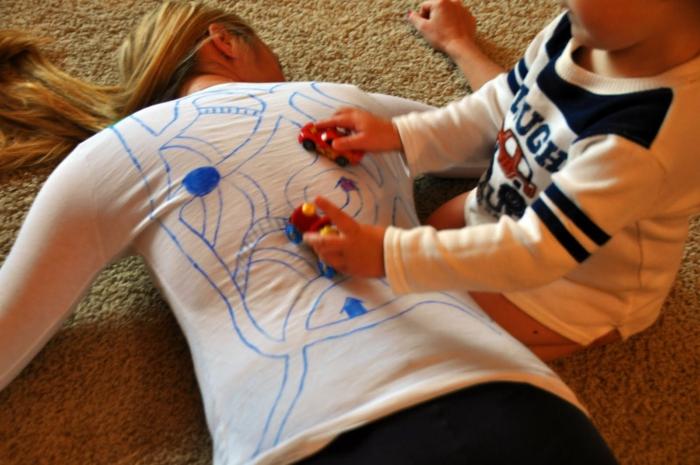
Funny way of Children’s massage:
Some children from a very young age need a whole body massage. It has to be painlessly so not to cause any fear in the child afterwards.
Children’s massage is usually healing and could be stimulating or relaxing. Relaxing one is characterized by a more gentle, calm techniques. Stimulating massage involves a more intensive use of all main techniques.
At home, you can do a children’s entertaining massage, which is performed under a funny rhyme. Children usually like that way of rhyme very much. This is both a fun and a useful healing procedure. An example of children’s playful massage:
“Rails, sleepers, sleepers, rails” – transverse and longitudinal lines are drawn alternately with the hands along the back;
“And train is coming now” – with the fingertips of one hand to draw along the line of the spinal column from the bottom up, imitating the train. The movement should be soft, stroking.
“Grains crumble from the last car” – the entire back is massaged with the fingertips;
“The hens came to peck” – soft “pecking” on the back with the tips of the fingers;
“The geese came to pinch” – slight nipping;
“And elephant comes to trample” – soft pressure fists all over the back;
“A little elephant ran after him” – quick chaotic pressure with knuckles;
“A squirrel came running and swept everything with its tail” – the final stroking of the back with palms.
Learning to make massage is more than ever helpful at any age. Proper use of it will bring great benefits to the body, will vitalise the muscles, relieve fatigue and relieve many health problems.
Children love massage, they perfectly understand it’s unique ability to restore the body. Benefits for children – self-awareness, sense of reality strengthens, children become grounded to reality of body. They begin to think fundamentally, that is, deeply grounded, based on real facts.
Thus, if you want to strengthen your family bond as well as strengthen the health of your children and live peacefully and happily in your family, sign up for our classes Happy Child Happy Parents Massage Classes!
Why HCHP?
Nowadays children …
How are they different living their childhood in a completely different way than their parents used to live.
After all, the lifestyle has changed not only for children but also parents, look around: we are all on cell phones, watching TV,
computers or iPads.
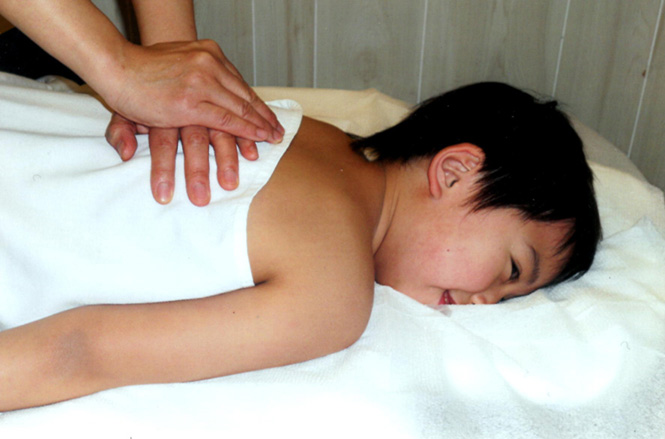
Children and adults communicate via messages, and they are losing the skills of diction and expressive speech.
Children now look for virtual idols on the Internet, ignoring their parents, become victims of internet bullying and spam.
In general, life is becoming more active and real on the Internet than with our families.
Yes, just like that, at a fast pace, we lose touch with children as an effect, we turn into strangers.
Children’s health problems today
More than 100,000 children in the U.S. are diagnosed with scoliosis each year. The majority of these children are diagnosed between the ages of 10 and 15 with adolescent idiopathic scoliosis.
Identifying idiopathic scoliosis at birth or in early childhood is rare. The type of scoliosis is generally categorized by age at onset of diagnosis
In 2018 the CDC determined that approximately 1 in 59 children is diagnosed with an autism spectrum disorder (ASD). Boys are four times more likely to be diagnosed with autism than girls. Most Children were still being diagnosed after age 4, though autism can be reliably diagnosed as early as age 2.
Approximately 27% of U.S. children live with chronic health conditions that can affect their daily lives and normal activities. These maladies often contribute greatly to school absenteeism and require continual medical attention.
Many studies suggest chronic health problems, along with learning and developmental disorders, appear to be on the rise. These rising childhood illnesses include, but are not limited to:Attention-Deficit Disorder (ADHD) Arthritis Asthma Autism Spectrum Disorder (ASD)Auto-immune disorders Developmental/Learning Disorders Cancer Cardiovascular problems Cerebral Palsy Cystic fibrosis Diabetes Epilepsy Food allergies Obesity Respiratory allergies Sickle cell anemia Spina bifida.
How much is regular massage
Regular massage – 50 minutes is from 60 to 80 dollars and depending upon case and place (in-call ou-tcall)
More people getting massage
– Twice as many adult Americans reported receiving one or more massages from a massage therapist in the past year (16 percent) than in 1997 (only eight percent).Twenty-one percent of adults surveyed said they expected to schedule a massage with a massage therapist within the next 12 months.All income groups – Although high income (family income of $50,000 or more) strongly predicted use of massage in the previous 12 months (23% of adults), adults from lower-income families also utilized massage services: 15% of adults with family incomes under $15,000 or with incomes of $35,000 – $50,000; 14% of those with family incomes of $25,000 – $35,000; and 10% of adults with incomes of $15,000 – $25,000.All age groups –
Massage proved popular among all age groups, particularly those ages 35-44 (21% reporting at least one massage in the past 12 months). Other age groups also reported substantial use of massage: 14% of adults ages 18-24; 16% of those 25-34; 17% of those 45-54; 13% for the 55-64 age group; and 11% of adults aged 65 and older.More women than men – Eighteen percent of women surveyed reported receiving one or more massages in the previous year, compared with 13% of men. More women than men also expected to receive massage in the next year (25% of men vs. 17% of women).Reasons for massage – “Medical reasons” were the greatest reported motivation to receive massage (29% of adults), including relief of muscle soreness/stiffness or pain; rehabilitation of a previous injury; prevention of injury or illness (wellness); improvement of joint flexibility or range of motion; or a physician’s recommendation. Twenty percent said they would seek massage for relaxation; 10% said they would utilize massage to reduce stress.
Thumbs up from doctors – Of the 14% of adults who spoke to their doctors about massage therapy, 71% reported a “favorable” conversation about massage, while 20% reported that the conversation was “neutral.” Among the senior population (ages 65 and older), 84% deemed conversations with their doctor on the subject of massage as “favorable.”

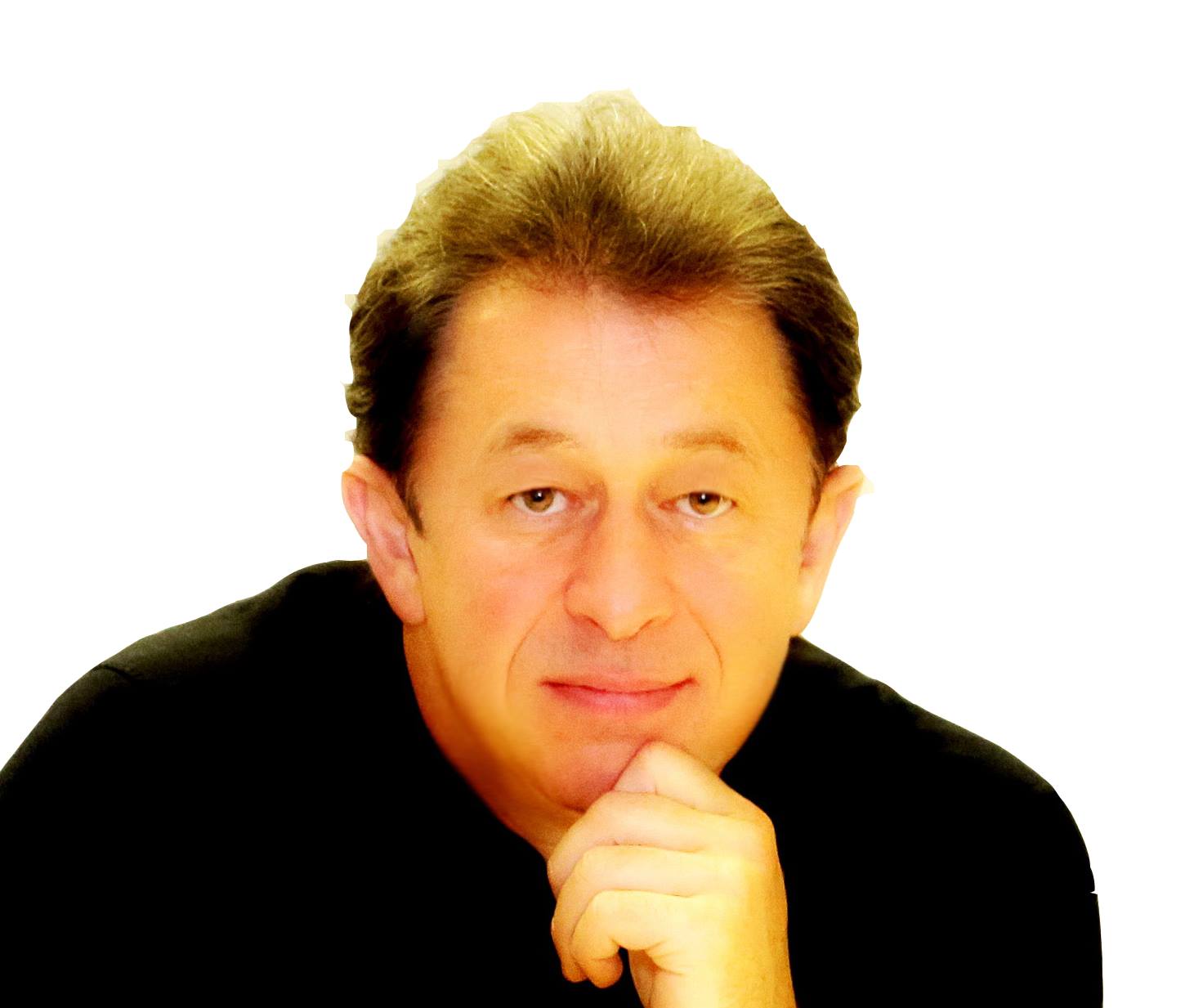
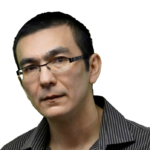
The Team
Our creative team
Aybek Izzatov
Massage therapist since 1993.
Founder of Tyan Anmo Massage School.
Aybek devotedly loves his job, he works with almost all types of clientele, including children.
Having medical school graduation and medical doctor experience helps him to work with complex cases and that makes him stand out from ordinary therapists.
He will gladly help you and your family to be happier.
Zita Kazlauskiene
Massage therapist since 1998.
She’s passionate with massage therapy. She developed her own way of massage with using certain aromas and hot stones. Her massage room is always shiny and serene.
She is punctual and responsible worker.
Zita is granny now for three beautiful kids that she gives children massage too.
Eugene Kolkevich
Executive Director at Tyan Anmo School and Happy Child Happy Parents Classes. Master of marketing and management, Eugene has build our team and structure of our business and more than that he is a mentor of us all. We fallow his strategy since he knows almost everything about families about people that makes him a wise person.

